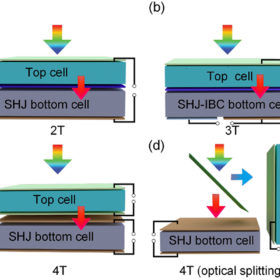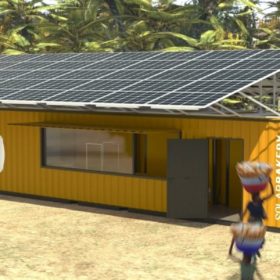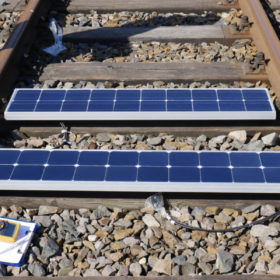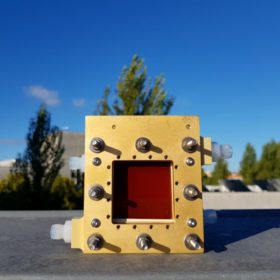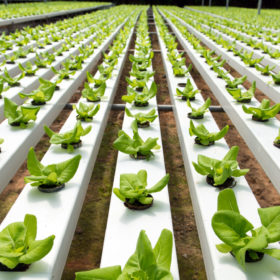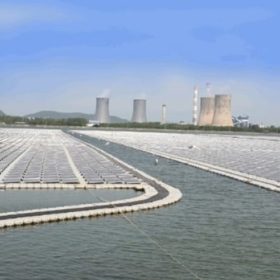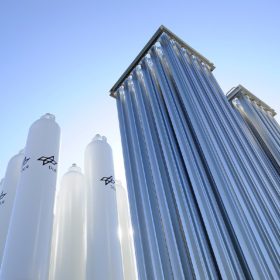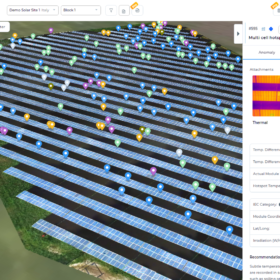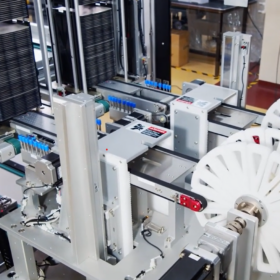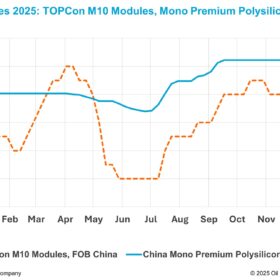An overview of heterojunction solar cell technologies
Scientists at the Nankai University in China have provided a comprehensive overview of current research on silicon heterojunction-based tandem solar cells (SHJ-TSCs) and shared their expectations of future developments in this field.
Solar bakery as a containerized solution
The 52 kW containerized solution is being developed by German start-up Solarbakery. The bakery’s production process was adapted in such a way that the majority of electricity consumption is already incurred during the day and is only baked briefly in the dark before dawn.
Solar for railways
Germany’s TÜV Rheinland is investigating how photovoltaics could be used for powering railway traction networks in a 14-month research project.
Solar redox flow cell for residential energy storage
The device was designed by scientists in Portugal to optimize light absorption by the semiconductor and ensure an effective diffusion of redox species while offering minimal electronic and ionic transport resistance. The cell has a 25cm2 photoactive area and relies on ferrocyanide/anthraquinone redox flow chemistry and a nanostructured hematite photoelectrode.
Solar for hydroponics
An international research team has examined combining solar power generation with energy-intensive hydroponic horticulture and has found that this may be a viable solution depending on project size and available incentive policies. Their approach considered various factors impacting PV system efficiency, including environmental factors, the type of solar array, and the electricity demand from the hydroponic farm.
The long read: A limit to PV module size
There is a threshold at which big becomes too big when it comes to PV module sizes, argues Hongbin Fang, the director of product marketing at Longi Solar. Fang recently said at pv magazine’s Roundtables USA event that despite size limits, there is still a lot of efficiency and cost-reduction potential to come.
Draft of National Green Hydrogen Mission under inter-ministerial consultations
The mission envisages commercial production of green hydrogen production in the nation from the financial year 2025-26 onwards.
NTPC awards India’s first green hydrogen microgrid project
The project would be a test case to assess the potential of solar-powered hydrogen to displace costly and polluting diesel-based energy generation systems in far-off regions of the country like Ladakh and Jammu & Kashmir.
Electrolyzer ramping from 0 to 50,000 amperes in less than 10 seconds
Developed by Canada-based Hydrogen Optimized, the electrolyzer can be used to stabilize electrical grids and optimize energy recovery from intermittent renewable power sources such as solar and wind. Furthermore, this week four more big international partnerships for developing green hydrogen were announced across Germany, the Middle East, and Australia.
US-based DroneBase acquires solar analytics firm AirProbe
With the acquisition, DroneBase adds AirProbe’s market-leading artificial intelligence solution for aerial solar inspections and proprietary data analytics and expands its reach to India, Asia, and Europe markets.
